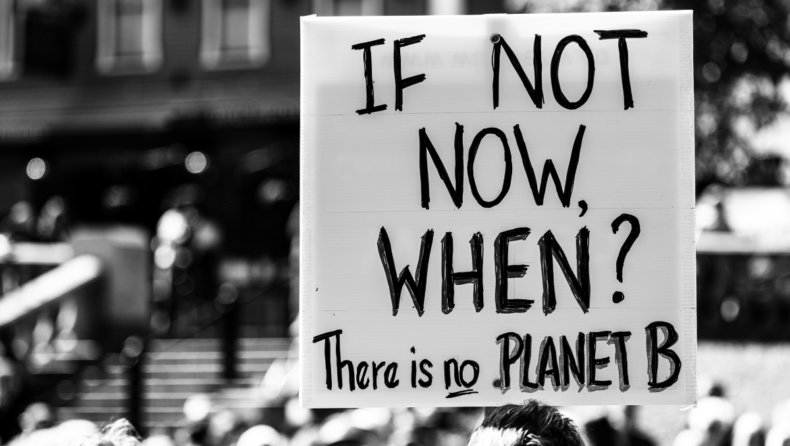The climate crisis and the pandemics of the future could kill more people than all the nuclear bombs in the entire world.
Nature has its own set of rules and regulations. Just like our human body! What happens when an unknown pathogen enters the body? Our immune system would try getting rid of it, or it might harm us. This applies to nature as well.
Animals migrate in response to ecological factors, which determine the style and intensity of migration. Migratory patterns of animals will be affected if climate change modifies these factors.
10,000 virus species can harm humans, but a great proportion is currently circulating in wild mammals. But as climate and land development change, there will be more chances for previously secluded wildlife species to share these viruses.
According to research, this contact between humans and animals will lead to mutations and transmissions of viruses.
The Study Model On Environmental Crisis
The study illustrates how climate change could affect thousands of animals’ migration patterns through detailed modeling. This will result in almost 15,000 new cross-species viral transmission occurrences by 2070.
The study results imply that this large-scale viral spreading scenario will emerge. As anticipated by the scientists, the overwhelming of these events are believed to arise between 2011 and 2040, suggesting that many of them may already be happening.
The scientists state that while limiting temperature increases to 2o C or below is a desirable aim, it will not always lead to a decrease in viral spread.
In other words, even if we reduce climate change, we’ll likely be stuck with substantial changes in animal movement and significant viral transmission. To avoid the worst crisis, there are additional initiatives we can take.
Due to the uncertainty surrounding how land will be utilized over the next fifty years, the authors’ model relies on several land use scenarios, including changes in deforestation, agricultural land use, and human settlements.
None of it, though, is inevitable. We can ensure that how we use the land reduces its adverse effects and halts the spread of the next pandemic and create another global crisis.

Causes
This is only possible if we can regain control over how land is utilized and decide democratically what the optimal use should be, instead of leaving it up to capitalist markets.
Real estate and agribusiness have disproportionate control over where and how land is developed at the moment because our governments are beholden to corporate interests. As a result, there have been an unchecked number of large home constructions that frequently encroach deeply into significant ecological niches.
Sixty-seven percent of coastal wetlands have already been destroyed as a direct result of this trend. These wetlands are essential for supporting local ecosystems, reducing flood risk, storing carbon, and preventing erosion.
Jair Bolsonaro’s far-right administration has rapidly destroyed the Amazon rainforest in Brazil to make more agricultural land available.
The destruction of the Amazon, a significant carbon sink, may make it impossible for the rest of the world to limit global warming to increases of 1.5–2 degrees Celsius.
According to scientists, species will group in novel combinations at high altitudes. In biodiversity hotspots and regions of dense human population in Asia and Africa, they result in an estimated 4,000-fold increase in the transmission of their related viruses between species.
Bats are responsible for most novel viral spreading because of their exceptional ability to disperse. They are likely to transfer viruses along evolutionary patterns that will help them arise in humans in the future.

The Opinion
It will be difficult to stop the transmission of viruses on a broad scale. No matter how cutting-edge the answer is, if we cannot put it into action, we will only be big-mouthed prophesiers of doom.
Whatever the challenges, and struggles, it’s not like we have another earth or a billionaire to move to Mars. No rule says climate science must be apocalyptic, but that’s only true if we’re willing to acknowledge the urgency of mobilizing a large-scale effort to save the earth.














